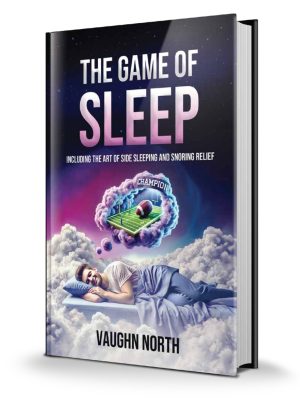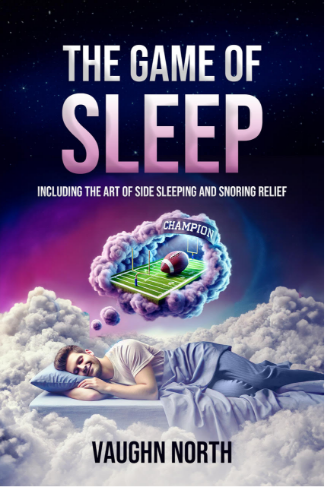Real Results: Doctors & Customers Agree

DR. Robert J. Farney
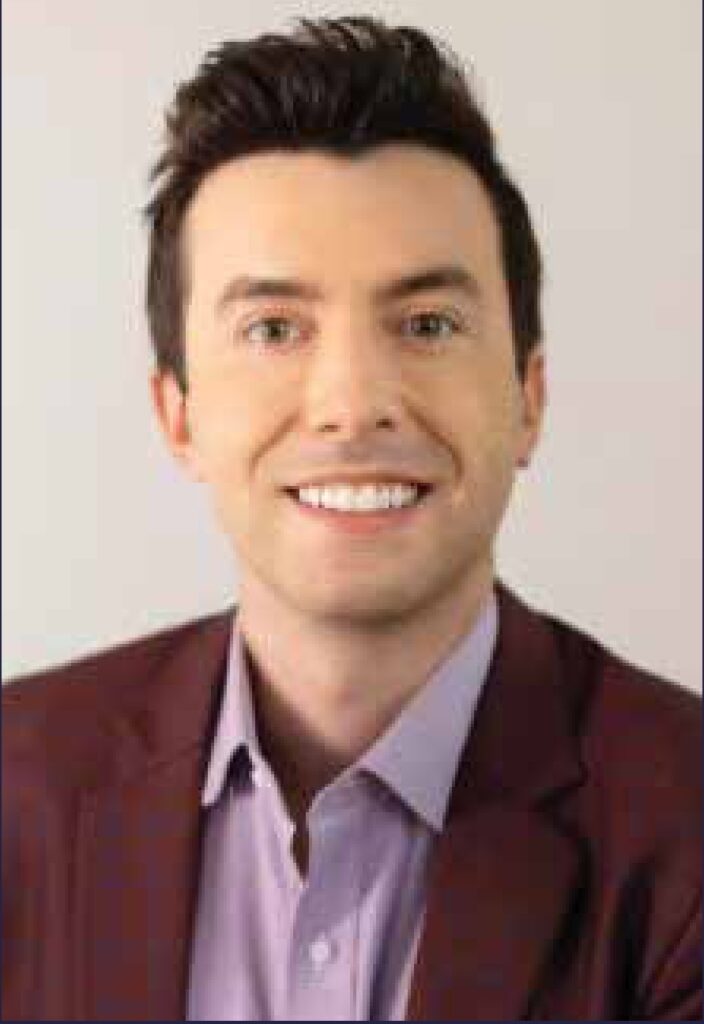
Chris Zeoli
THIS IS A GAME CHANGER

MEET VAUGHN NORTH
THE INVENTOR AND FOUNDER OF THE REM-SCAPE SLEEP SUPPORT PROGRAM
SLEEP APNEA OR SNORING?
HAS YOUR DOCTOR SUGGESTED
YOU SLEEP ON YOUR SIDE?

DOCTOR: You need to start sleeping on your side...

PATIENT: How do I stay on my side?

DOCTOR: REM-SCAPE has the solution!
DID YOU KNOW?
BACK SLEEPING CONS
- Contributing factor for loud, sleep-disruptive snoring
- Increased risk of chronic snoring and sleep apnea disorders
- May increase lower back and neck pain/spine misalignment
- May increase heartburn and acid reflux symptoms
- Not recommended during pregnancy
SIDE SLEEPING PROS
- Keeps airways open potentially reducing snoring and sleep apnea related events
- Supports the spine’s natural curve, thus potentially reducing back and neck pain
- Supports a healthy pregnancy
- Digestive Health – may aid in digestion and reduce acid reflux and heartburn symptoms
- Heart health- improves circulation and reduces pressure on the heart
- Brain Health – may aid in the clearing of toxins potentially reducing neurodegenerative disorders like Alzheimer’s disease
Don't Just Listen to Us, Hear What the Experts are Saying
MAYO CLINIC
Dr. Virend Somers,
Cardiologist & Sleep Expert
Regarding sleeping on your back – “There’s a host of evidence overall suggesting that probably sleeping on the side is better”
See: https://newsnetwork.mayoclinic.org/discussion/mayo-clinic-mi nutewhat-is-the-best-sleeping-position/
MAYO CLINIC
Dr. Lois Krahn,
Sleep Specialist
“I know many people find [sleeping on their back] to be comfortable, because they’re not putting weight on their joints.” However, “sleeping on the back means that your tongue and jaw can fall down and crowd your airway. And many people snore more on their back”
“And so, all in all, sleeping on the side — perhaps with [your] head slightly elevated as long as that’s comfortable — is a good way to sleep”
“When you are in that third trimester of pregnancy and when you sleep on your back, the uterus is compressing your inferior vena cava. It’s compressing the arterial system,” says Dr. Somers.
See:https://newsnetwork.mayoclinic.org/discussion/mayo-clinic -minutewhat-is-the-best-sleeping-position/
Prior Solutions Aren’t Solutions At All
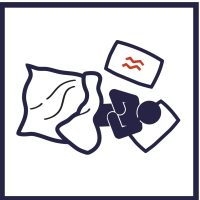
PROPPED UP PILLOW
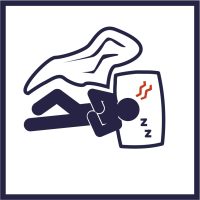
COMFORTER WALL
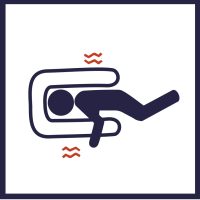
FOAM FORMS
If your doctor has recommended side sleeping as a way to address sleep apnea or snoring, The Game of Sleep provides tools and techniques to help you navigate your personal journey toward better rest. Like any sport, this game involves many variables, and your unique body, mindset, and support team—including doctors and counselors—will shape your experience. Your daytime habits, diet, emotional state, and overall attitude all play a vital role in your success, and while we can’t promise specific outcomes, this book equips you with the gear and mindset to rise to the challenge. Speaking from personal experience, this approach has significantly reduced my snoring, brought my apnea under control, and allowed me to sleep comfortably on my side. The key is to work with your doctor to ensure side sleeping is safe for you, and then commit to the game. While there will be obstacles, the rewards are transformative—and this book is here to keep you motivated, focused, and on the path to becoming a true sleep champion.



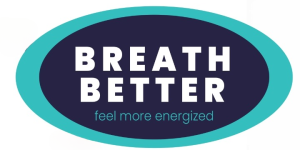
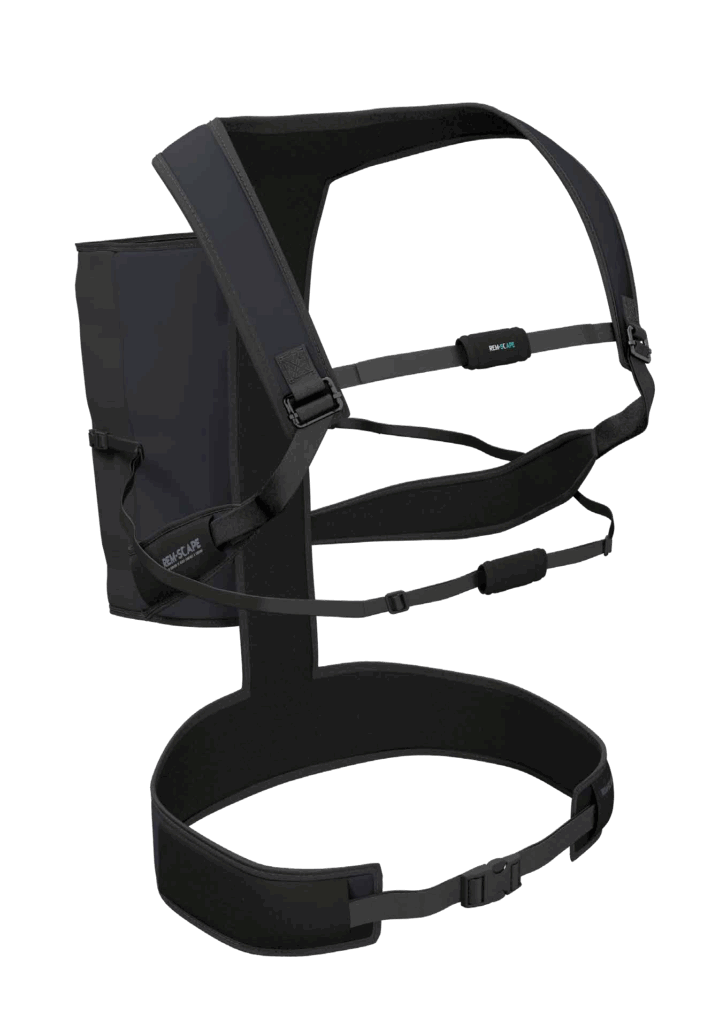
Find New Freedom in Side Sleeping
Imagine sleeping peacefully on your side without ever worrying about rolling onto your back. The REM-SCAPE Sideezzz system moves with you—its gravity-responsive back pillow automatically repositions as you shift between side-sleeping positions throughout the night.
Lightweight, fully adjustable, and made to fit all body types, the REM-SCAPE system keeps you comfortably supported and in control all night long. No matter how much you toss and turn, it has your back-literally.
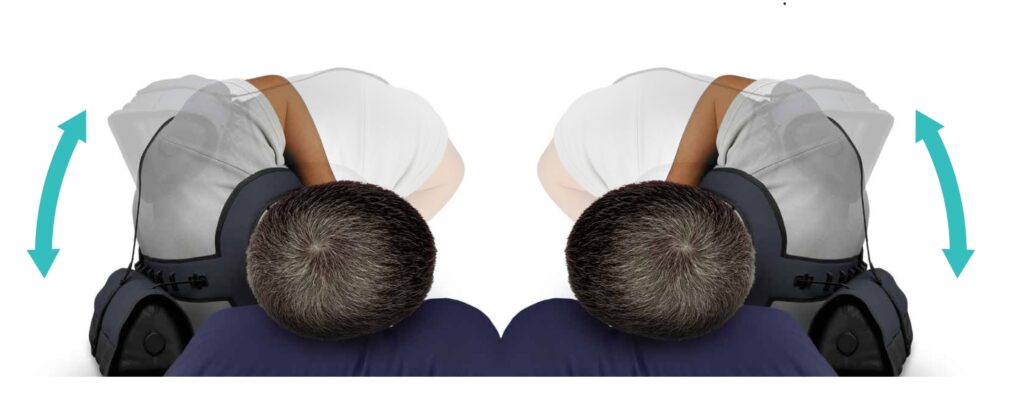

Full Control of Pillow Placement

Automatic Side to Side RepositioniNG
Back sleeping works great for many people. However, according to many sleep professionals, when back sleeping begins to increase one’s risk for loud or chronic snoring, or worse, exacerbate obstructive sleep apnea and other serious health conditions, back sleeping is no longer recommended, and actually discouraged. In these cases, research is revealing that side sleeping can significantly reduce the severity of these conditions. Unfortunately, many find it difficult to stay in a slide sleeping position during the various cycles of sleep where the mind drifts between states of semi-consciousness and unconsciousness. Indeed, many who fall asleep on their side find themselves in a back sleeping position when they awake. This can happen several times during the night.
This is where Rem-scape comes in. We designed our sleep positioning systems for one purpose – to take the effort and worry out of trying to maintain a side sleeping position, especially during those intermittent sleep cycles where you may just naturally, and without conscious thought, roll onto your back as you sleep.
Our lightweight, comfortable, and easy-to-use positioning systems allow you to participate in what we call “positional sleep therapy,” which stems from the fact that restorative sleep matters greatly to your overall health and well-being. Positional sleep therapy means being able to take control of your health even while sleeping, thus potentially reducing the severity of snoring, sleep apnea and other health conditions.
Perhaps you are concerned about your own health.
Perhaps you want to help someone you love (those unwittingly suffering from a partner’s adverse sleep conditions we hear you!).
Either way, take control now. REM-SCAPE has your back – literally.


